Home>diy>Building & Construction>What Is PVC Used For In Construction
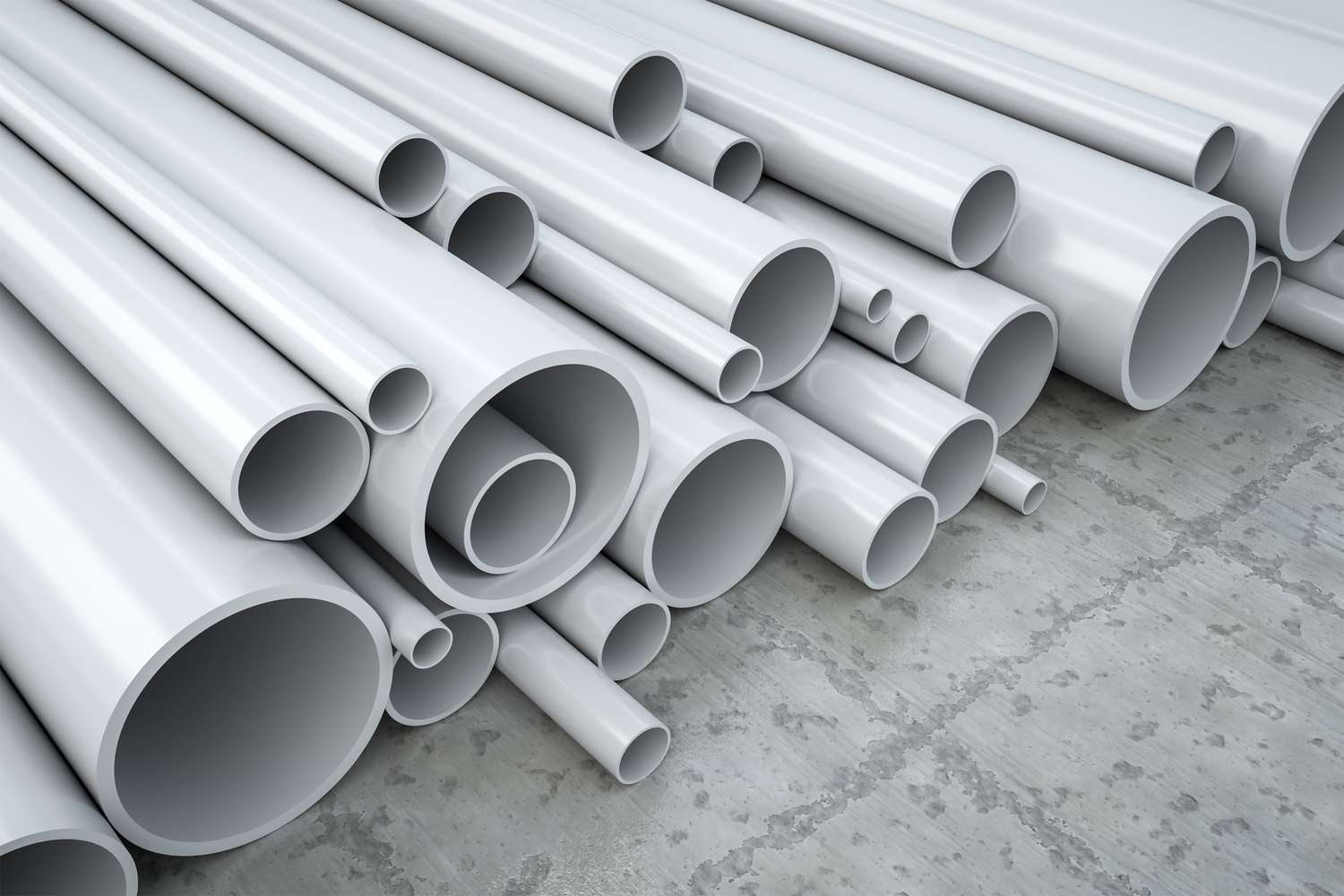

Building & Construction
What Is PVC Used For In Construction
Modified: January 8, 2024
Discover the diverse applications of PVC in building construction. Learn how this versatile material is used for pipes, window frames, flooring, and more.
(Many of the links in this article redirect to a specific reviewed product. Your purchase of these products through affiliate links helps to generate commission for Storables.com, at no extra cost. Learn more)
Introduction
Building construction is a complex process that requires the use of various materials to ensure the durability, safety, and functionality of structures. One such material that has become increasingly popular in the construction industry is polyvinyl chloride, commonly known as PVC. PVC is a versatile synthetic plastic that offers numerous benefits in the construction field.
PVC is derived from the polymerization of vinyl chloride monomers, resulting in a durable and rigid material that can withstand extreme weather conditions, resist corrosion, and provide excellent insulation properties. This makes PVC an ideal choice for various construction applications, ranging from piping systems to window frames, roofing materials, flooring, and more.
In this article, we will delve into the different uses of PVC in construction and explore the advantages it brings to the industry.
Key Takeaways:
- PVC is a versatile, durable, and sustainable material that offers numerous benefits in construction, from plumbing systems to window frames, roofing materials, flooring, and more.
- PVC materials have become indispensable in the construction industry due to their unique combination of durability, versatility, cost-effectiveness, and environmental friendliness, enhancing the functionality, aesthetics, and sustainability of buildings and structures.
Read more: What Type Of PVC Is Used For Pool Plumbing
Basics of PVC
Polyvinyl chloride, or PVC, is a synthetic plastic that is produced through the polymerization of vinyl chloride monomers. It is made by combining chlorine gas and ethylene produced from natural gas or petroleum. The resulting material is a rigid and durable plastic that is highly resistant to chemicals, weathering, and impact.
PVC is known for its excellent electrical and thermal insulation properties, making it a popular choice in construction. It is also fire-resistant, self-extinguishing, and has a high melting point, making it safe to use in various applications.
One of the key characteristics of PVC is its versatility. It can be easily molded, shaped, and extruded into various forms, allowing for customization in construction projects. It is available in different grades, thicknesses, and colors, offering flexibility and aesthetic appeal.
PVC is also a sustainable option in construction. It is recyclable, and its production consumes less energy compared to other plastics. Additionally, PVC can have a long lifespan, reducing the need for frequent replacement and minimizing waste.
The use of PVC in construction is regulated by industry standards to ensure its safety and reliability. The American Society for Testing and Materials (ASTM) provides guidelines for PVC materials, including performance requirements and testing methods.
Overall, PVC is a versatile, durable, and sustainable material that offers numerous benefits in construction. Its unique properties make it suitable for a wide range of applications, from pipes and fittings to window frames, roofing materials, flooring, and more.
PVC Pipes and Fittings in Construction
PVC pipes and fittings are widely used in construction for plumbing, drainage, and sewer systems. They offer numerous advantages over traditional materials like metal or concrete.
One of the key benefits of PVC pipes is their lightweight nature. This makes them easy to handle, transport, and install, reducing labor costs and time required for construction projects. Additionally, the smooth inner surface of PVC pipes allows for efficient water flow and minimizes the risk of clogging.
PVC pipes are highly resistant to corrosion, making them suitable for a variety of applications. They can withstand harsh environmental conditions, chemicals, and high-pressure systems, ensuring long-term durability. PVC pipes also have excellent insulation properties, reducing heat loss and improving energy efficiency.
In addition to pipes, PVC fittings play a crucial role in connecting and redirecting the flow of water. These fittings are available in various configurations, including elbows, tees, couplings, and valves, allowing for easy customization and adaptability in plumbing systems.
PVC pipes and fittings also offer cost-effective solutions. Compared to traditional materials, PVC is generally less expensive and requires minimal maintenance. The lightweight nature of PVC pipes translates to lower transportation costs, and the ease of installation helps reduce labor expenses.
Furthermore, PVC pipes are non-conductive, meaning they do not transmit electricity. This makes them safe to use in electrical applications or areas where electromagnetic interference needs to be minimized.
Overall, PVC pipes and fittings provide a reliable, durable, and cost-effective solution for plumbing and drainage systems in construction. Their versatility and performance make them a popular choice among professionals in the industry.
PVC Window Frames
PVC window frames have gained significant popularity in the construction industry due to their numerous advantages over traditional materials like wood or aluminum.
One of the key benefits of PVC window frames is their excellent durability. Unlike wood, they are not susceptible to rot, warping, or insect damage. PVC is also resistant to moisture, making it ideal for areas with high humidity or frequent exposure to water, such as bathrooms or coastal regions.
In addition to durability, PVC window frames offer excellent insulation properties. They provide effective thermal insulation, helping to keep the interiors of buildings cool in the summer and warm in the winter. This allows for energy savings and improved comfort for occupants. PVC window frames also help to reduce noise transmission from outside, creating a quieter living or working environment.
PVC is a low-maintenance material, requiring minimal upkeep. Unlike wood frames that may need regular painting or staining, PVC frames are easily cleaned with soap and water. They do not require repainting and are resistant to fading, keeping their aesthetic appeal intact over time.
PVC window frames are also highly customizable. They are available in various styles, designs, and colors, allowing for flexibility in architectural aesthetics. This versatility makes them suitable for both modern and traditional building designs.
Furthermore, PVC window frames are environmentally friendly. They are recyclable, helping to reduce waste and conserve resources. PVC production also consumes less energy compared to other materials like aluminum or steel, contributing to a lower carbon footprint.
Overall, PVC window frames offer a combination of durability, energy efficiency, low maintenance, and design flexibility. They have become a popular choice among architects, builders, and homeowners alike, demonstrating the growing significance of PVC in the construction industry.
PVC Siding and Cladding
PVC siding and cladding are popular choices for exterior wall coverings in construction due to their durability, versatility, and aesthetic appeal.
One of the key advantages of PVC siding and cladding is their resistance to moisture and weather elements. PVC is impervious to water, preventing issues such as rot, mold, or decay that can be common with other materials. This makes PVC siding a preferred choice for areas with high humidity or frequent exposure to rain or snow.
PVC siding and cladding also offer excellent durability. They are resistant to impact, fading, and warping, ensuring long-term performance even in harsh environmental conditions. PVC materials are designed to withstand the elements and maintain their color and structural integrity over time, reducing the need for frequent maintenance or replacement.
In addition to their functional benefits, PVC siding and cladding provide aesthetic appeal. They are available in a wide range of colors, styles, and textures, allowing for customization to match the desired architectural design. PVC cladding can mimic the look of natural materials like wood or stone while offering the advantages of PVC’s durability and low maintenance.
Another advantage of PVC siding and cladding is the ease of installation. PVC panels are lightweight, making them easy to handle and install, reducing labor costs and construction time. They can be installed directly over existing siding or wall structures, providing a cost-effective solution for renovation or remodeling projects.
Furthermore, PVC siding and cladding contribute to energy efficiency. They act as an additional layer of insulation, helping to improve the thermal performance of buildings. This results in reduced energy consumption for heating and cooling, leading to cost savings and environmental benefits.
Overall, PVC siding and cladding offer a combination of durability, weather resistance, aesthetic versatility, and energy efficiency. They have become a popular choice in construction for their ability to enhance the visual appeal and protect the exteriors of buildings.
Read more: What Is A PVC Fence
PVC Roofing Materials
PVC roofing materials have gained popularity in the construction industry due to their exceptional durability, weather resistance, and energy efficiency. They offer numerous advantages over traditional roofing materials like asphalt or metal.
One of the key benefits of PVC roofing is its ability to withstand the elements. PVC roofs are highly resistant to extreme temperatures, UV radiation, and chemicals. They do not crack, warp, or deteriorate over time, ensuring long-lasting protection for buildings.
PVC roofing materials have excellent waterproofing properties. They have welded seams that create a watertight barrier, preventing leaks and potential water damage. This makes PVC roofs an ideal choice for areas with heavy rainfall or harsh weather conditions.
PVC roofs also contribute to energy efficiency. They have high reflective properties, reducing the absorption of solar heat and lowering cooling costs during hot summer months. Additionally, PVC roofs can be combined with insulation materials to further enhance energy savings and improve indoor comfort.
Installation of PVC roofing materials is relatively quick and easy. They are lightweight, making them easier to handle and transport. The flexibility of PVC allows for smooth installation even on curved or irregular surfaces. This reduces labor costs and construction time, making PVC roofing an efficient and cost-effective choice.
PVC roofing materials are also low-maintenance. They are resistant to dirt, algae, and moss growth, requiring minimal cleaning and upkeep over time. Unlike traditional roofing materials that may require regular inspections or repairs, PVC roofs offer long-term peace of mind for building owners.
Furthermore, PVC roofing materials are environmentally friendly. They are recyclable and can be repurposed into new PVC products at the end of their lifespan. PVC production also consumes less energy compared to other roofing materials, contributing to a reduced carbon footprint.
Overall, PVC roofing materials provide a durable, weather-resistant, energy-efficient, and low-maintenance solution for building owners. Their longevity and performance make them an excellent choice for both commercial and residential roofing applications.
When using PVC in construction, make sure to use the appropriate PVC cement and primer to ensure a strong and secure bond between the pipes and fittings. Always follow the manufacturer’s instructions for best results.
PVC Flooring
PVC flooring has become a popular choice in the construction industry due to its versatility, durability, and wide range of design options. It offers numerous advantages over traditional flooring materials like wood or tile.
One of the key benefits of PVC flooring is its durability. It is highly resistant to wear, stains, and scratches, making it suitable for high-traffic areas in commercial and residential buildings. PVC flooring is also resistant to moisture, making it ideal for areas prone to spills, such as kitchens or bathrooms. Its durability ensures a long lifespan, reducing the need for frequent replacement.
PVC flooring is available in a variety of styles and designs, including wood, stone, or tile patterns. This allows for customization to match the desired aesthetic of any space. The advanced printing technology used in PVC flooring creates realistic and vibrant patterns, giving the look of natural materials without the maintenance requirements.
PVC flooring is easy to install and maintain. It can be installed as either a click-and-lock floating floor or glued down directly to the subfloor. The installation process is quick and does not require adhesives or grout. Additionally, PVC flooring is easy to clean and requires minimal maintenance. Regular sweeping or vacuuming and occasional damp mopping are usually sufficient to keep PVC flooring looking its best.
PVC flooring offers excellent comfort underfoot. It has inherent cushioning properties that provide a softer feel compared to harder flooring materials. PVC flooring also offers excellent noise reduction, minimizing sound transmission between floors and rooms.
Furthermore, PVC flooring is a cost-effective option. It is generally less expensive than natural materials such as wood or stone. Additionally, its durability and low maintenance requirements translate to long-term cost savings for building owners.
Overall, PVC flooring provides a durable, versatile, and cost-effective solution for various construction projects. Its wide range of design options, easy installation, low maintenance, and comfort underfoot make it a popular choice among homeowners, business owners, and designers.
PVC Doors
PVC doors have gained popularity in the construction industry due to their durability, versatility, and aesthetic appeal. They offer numerous advantages over traditional door materials like wood or metal.
One of the key benefits of PVC doors is their exceptional durability. PVC is a robust and long-lasting material that is highly resistant to weather conditions, including rain, sun exposure, and extreme temperatures. Unlike wooden doors that may warp or rot over time, PVC doors maintain their structural integrity and performance, ensuring long-term reliability.
PVC doors are also highly resistant to moisture and humidity. They do not absorb water, preventing issues such as swelling, warping, or fungal growth. This makes PVC doors an ideal choice for areas with high humidity, such as bathrooms or coastal regions.
PVC doors offer excellent thermal insulation properties. They help to reduce heat transfer between indoor and outdoor spaces, contributing to energy efficiency and improved comfort. This can lead to energy savings and lower heating or cooling costs for buildings.
In addition to their functional benefits, PVC doors provide aesthetic appeal. They are available in a wide range of designs, styles, and colors, allowing for customization to match various architectural aesthetics. PVC doors can mimic the look of wood or have a sleek and modern appearance, offering versatility in design choices.
Furthermore, PVC doors are low-maintenance. They do not require painting or staining like wooden doors, and they are easy to clean with just soap and water. PVC doors are resistant to fading, chipping, or peeling, ensuring that they retain their visual appeal over time.
PVC doors also offer enhanced security features. They are inherently strong and can be reinforced with steel cores or multi-point locking systems. This provides added protection against break-ins and enhances the overall safety of buildings.
Overall, PVC doors provide a durable, low-maintenance, energy-efficient, and aesthetically pleasing solution for both residential and commercial construction projects. Their versatility, longevity, and functional benefits make them a popular choice among builders, architects, and property owners.
PVC Insulation and Electrical Wiring
PVC insulation and electrical wiring are essential components in the construction industry, providing reliable and safe electrical systems in buildings. PVC is widely used as an insulating material and for the protective covering of electrical wires due to its excellent electrical properties and durability.
One of the primary advantages of PVC insulation is its high electrical resistance. It effectively isolates electrical conductors, reducing the risk of short circuits, electrical shocks, or fire hazards. PVC insulation prevents the flow of electric current to unintended areas, ensuring the safe and efficient operation of electrical systems.
PVC insulation is also known for its thermal stability. It can withstand elevated temperatures without degrading or melting, ensuring the integrity of electrical wiring in high-heat environments. This thermal stability makes PVC insulation suitable for various applications, including residential, commercial, and industrial settings.
PVC insulation is easy to work with due to its flexibility. It can be easily bent, twisted, or shaped to fit different electrical configurations, making installation more efficient. The flexibility of PVC insulation also reduces the risk of damage during handling or installation, ensuring the longevity of electrical systems.
In addition to its electrical insulation properties, PVC is used as a protective covering for electrical wires. The PVC coating acts as a barrier, shielding the wires from external elements, such as moisture, chemicals, and mechanical damage. This protection extends the lifespan of electrical wires and ensures their reliable performance over time.
PVC insulation and electrical wiring provide cost-effective solutions. PVC is a relatively inexpensive material compared to alternatives, making it an economical choice for electrical installations. Additionally, PVC wiring requires minimal maintenance, reducing the need for frequent repairs or replacements, leading to long-term cost savings for building owners.
Furthermore, PVC insulation and electrical wiring are environmentally friendly. PVC can be recycled at the end of its lifespan, reducing waste and minimizing its impact on the environment. PVC production also consumes less energy compared to other insulation and wiring materials, contributing to sustainability efforts in the construction industry.
Overall, PVC insulation and electrical wiring play a crucial role in electrical systems, providing reliable insulation, protection, and safety. Their electrical properties, durability, ease of installation, and cost-effectiveness make them indispensable components in construction projects.
Read more: What Is A PVC Conduit
PVC Signage and Vinyl Graphics
PVC signage and vinyl graphics have become integral components in the field of advertising and visual communication. PVC, known for its durability and versatility, is widely used to create eye-catching and long-lasting signs and graphics for a variety of applications.
One of the key advantages of PVC signage is its durability. PVC is highly resistant to weathering, UV radiation, and extreme temperatures, making it suitable for both indoor and outdoor use. PVC signs can withstand harsh environmental conditions, ensuring they maintain their visual appeal and effectiveness over time.
Another benefit of PVC signage is its versatility in design. PVC can be easily molded, cut, and shaped into various sizes and forms, allowing for creative and customized signage solutions. Whether it’s channel letters, flat signs, or 3D letters, PVC can be transformed to meet specific design requirements and brand identities.
PVC signage offers exceptional color vibrancy and clarity. PVC boards can be digitally printed or applied with vinyl graphics, allowing for high-resolution and vibrant images. The smooth and consistent surface of PVC ensures that details in graphics and text are sharp and clear, enhancing the overall visual impact of the signage.
Vinyl graphics, often applied to PVC or other surfaces, provide additional possibilities for signage and branding. Vinyl is a versatile material that can be cut into custom shapes, letters, or logos. It is available in a wide range of colors, finishes, and textures, allowing for endless design options. Vinyl graphics can be adhered to various surfaces, including PVC, windows, vehicles, and walls, offering flexibility in creating impactful signage.
PVC signage and vinyl graphics are highly visible and effective marketing tools. Whether used for business signage, wayfinding, promotional displays, or branding purposes, they attract attention and communicate messages effectively. The durability, versatility, and visual appeal of PVC signage and vinyl graphics make them preferred choices for businesses in various industries.
Furthermore, PVC is an environmentally friendly option for signage and vinyl graphics. It is a recyclable material, which supports sustainability efforts in reducing waste. PVC production consumes less energy compared to other materials, contributing to a lower carbon footprint.
Overall, PVC signage and vinyl graphics offer durability, versatility, visual appeal, and environmental benefits. They have become essential components in the advertising and visual communication field, providing effective and engaging ways to convey messages and enhance branding.
Conclusion
Polyvinyl chloride, or PVC, is a versatile and durable material that has found widespread application in the construction industry. Its unique properties have made it a popular choice for a variety of construction components and applications.
From PVC pipes and fittings used in plumbing and drainage systems to PVC window frames offering durability and energy efficiency, PVC has proven to be a reliable and cost-effective solution. PVC siding and cladding provide both aesthetic appeal and weather resistance, while PVC roofing materials offer durability, energy efficiency, and protection from the elements.
PVC flooring brings both style and durability to spaces, while PVC doors offer durability, low maintenance, and a wide range of design options. In electrical applications, PVC insulation and wiring provide safety, durability, and ease of installation.
Additionally, PVC signage and vinyl graphics have revolutionized the field of advertising and visual communication. They offer durability, vibrant colors, versatility in design, and environmental benefits, making them effective marketing tools for businesses across industries.
In conclusion, PVC materials have become indispensable in the construction industry due to their unique combination of durability, versatility, cost-effectiveness, and environmental friendliness. Their properties enhance the functionality, aesthetics, and sustainability of buildings and structures.
As the construction industry continues to evolve, PVC will likely continue to play a significant role in meeting the needs of builders, architects, and homeowners. Its versatility, strength, and adaptability make it a reliable choice for a wide range of construction applications, contributing to the growth and development of the industry.
Frequently Asked Questions about What Is PVC Used For In Construction
Was this page helpful?
At Storables.com, we guarantee accurate and reliable information. Our content, validated by Expert Board Contributors, is crafted following stringent Editorial Policies. We're committed to providing you with well-researched, expert-backed insights for all your informational needs.
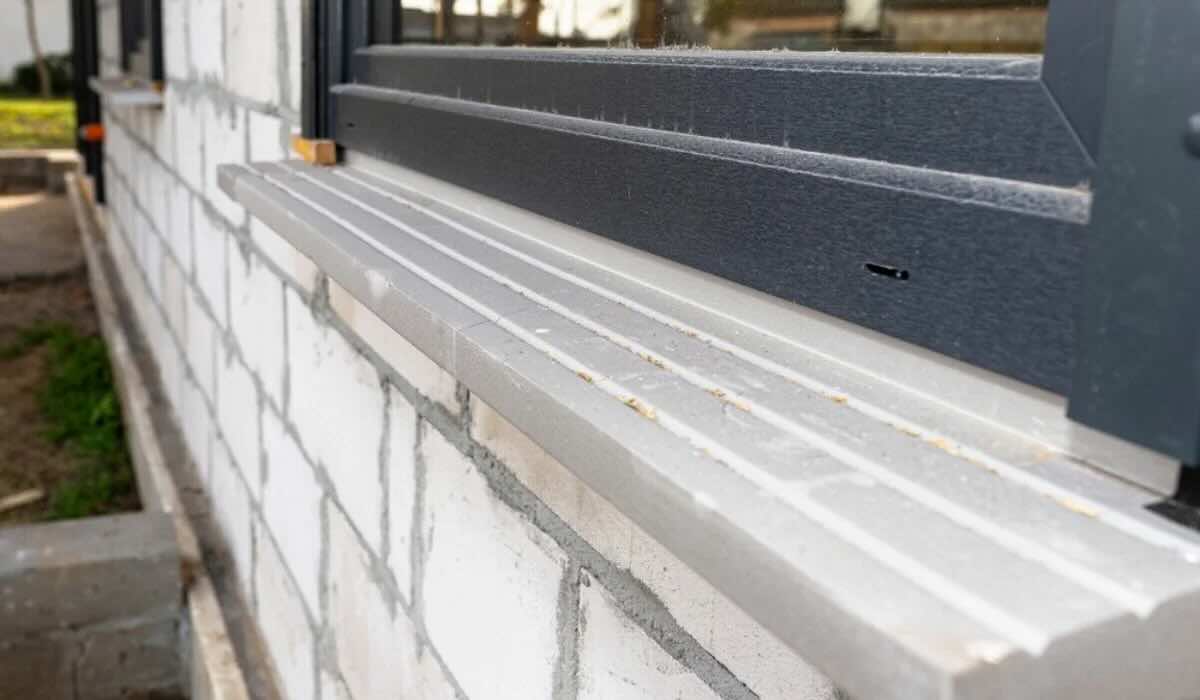
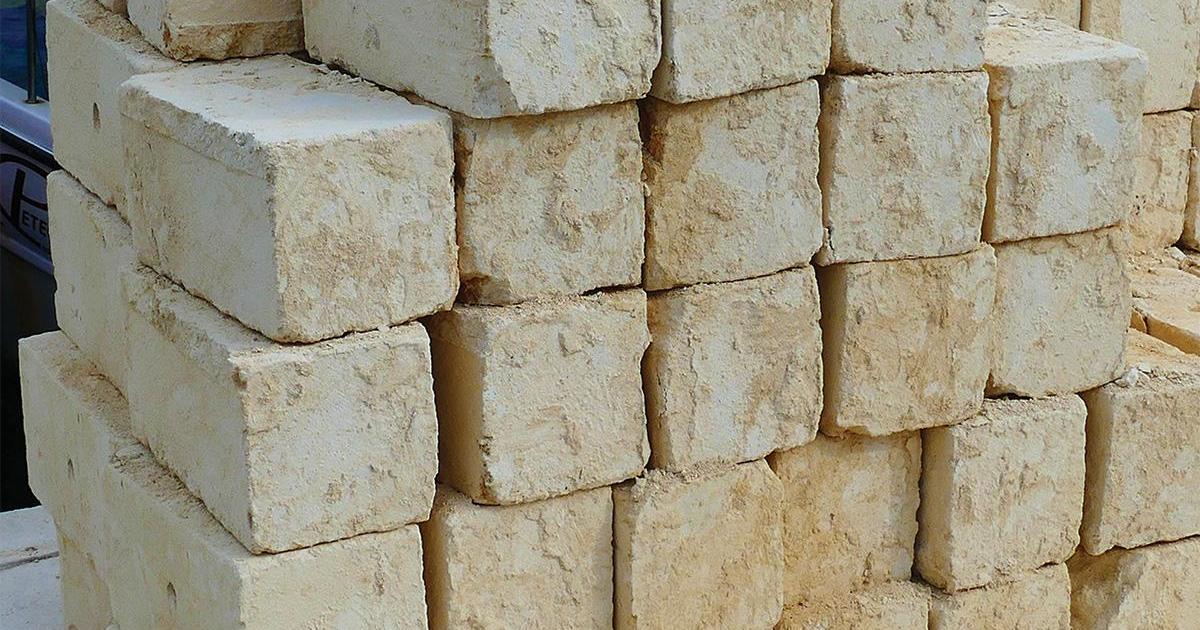
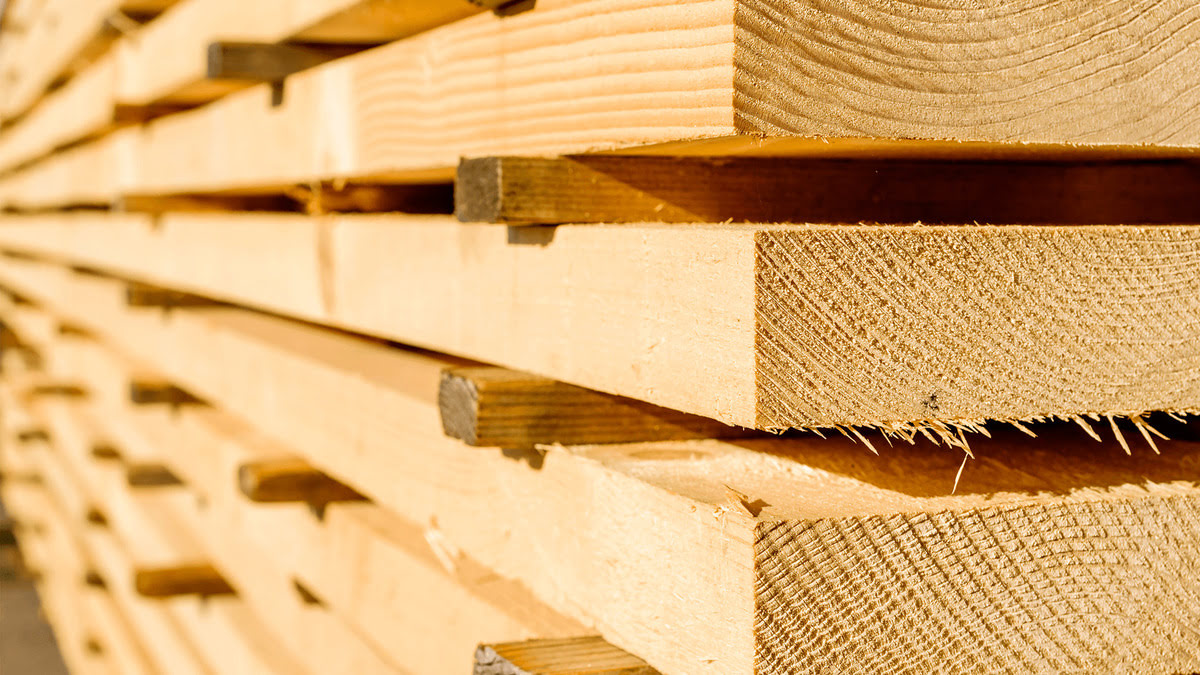
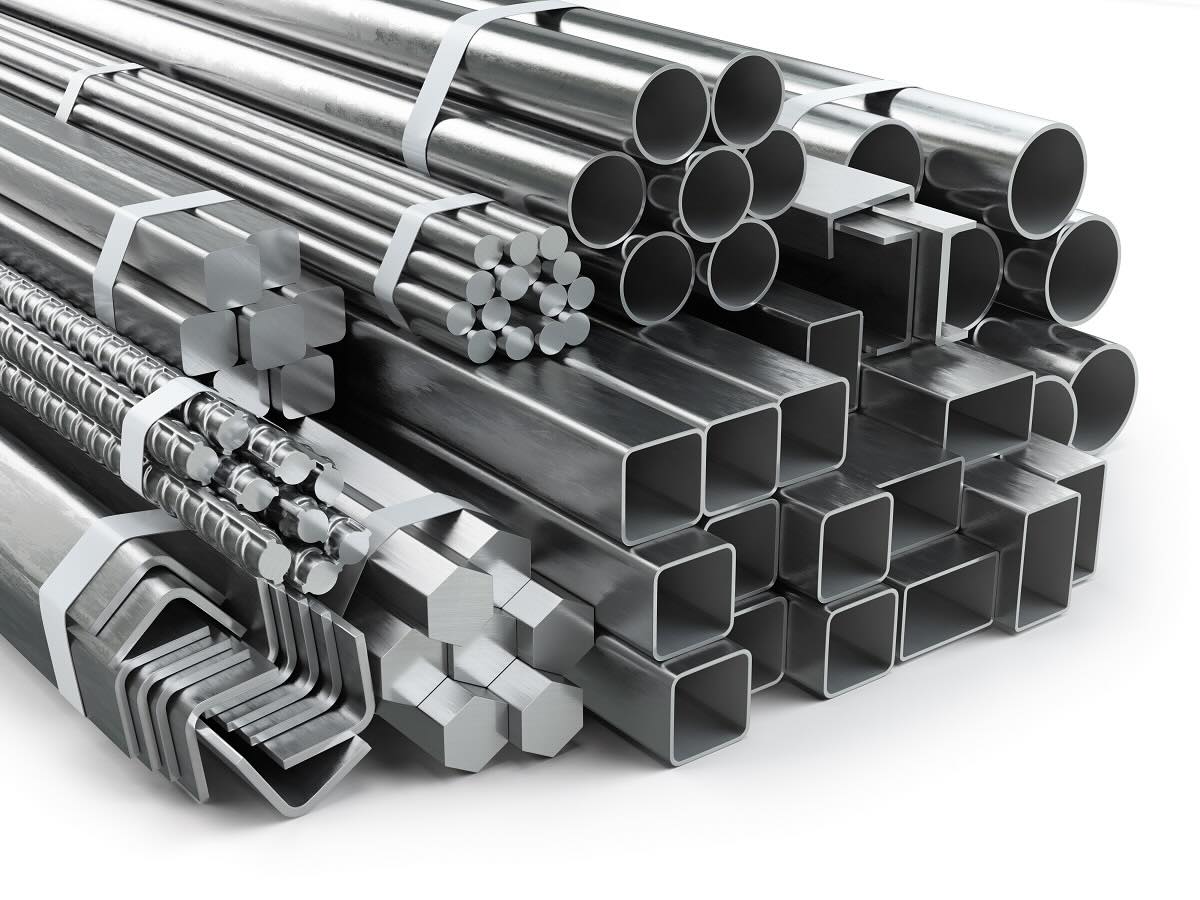

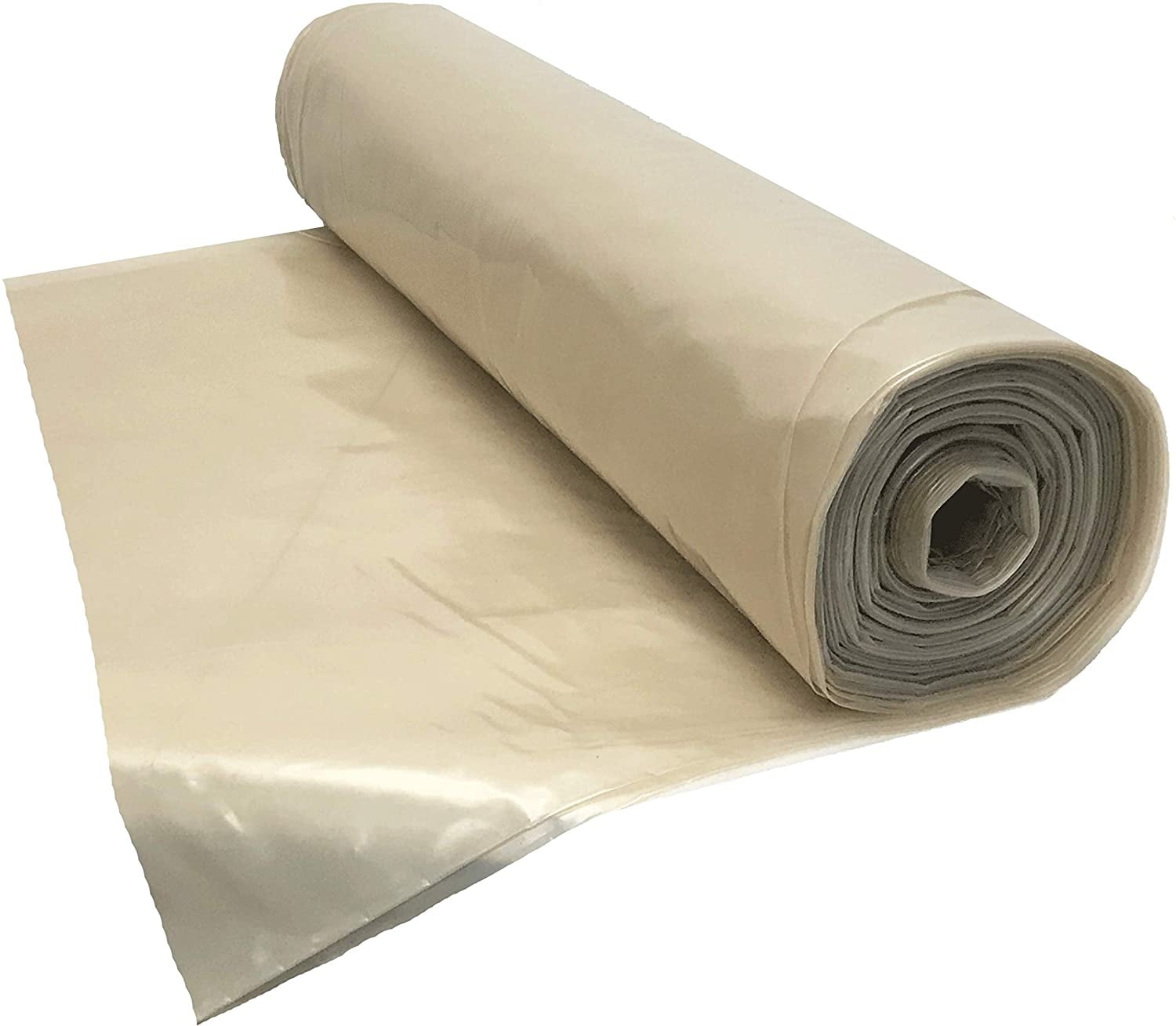
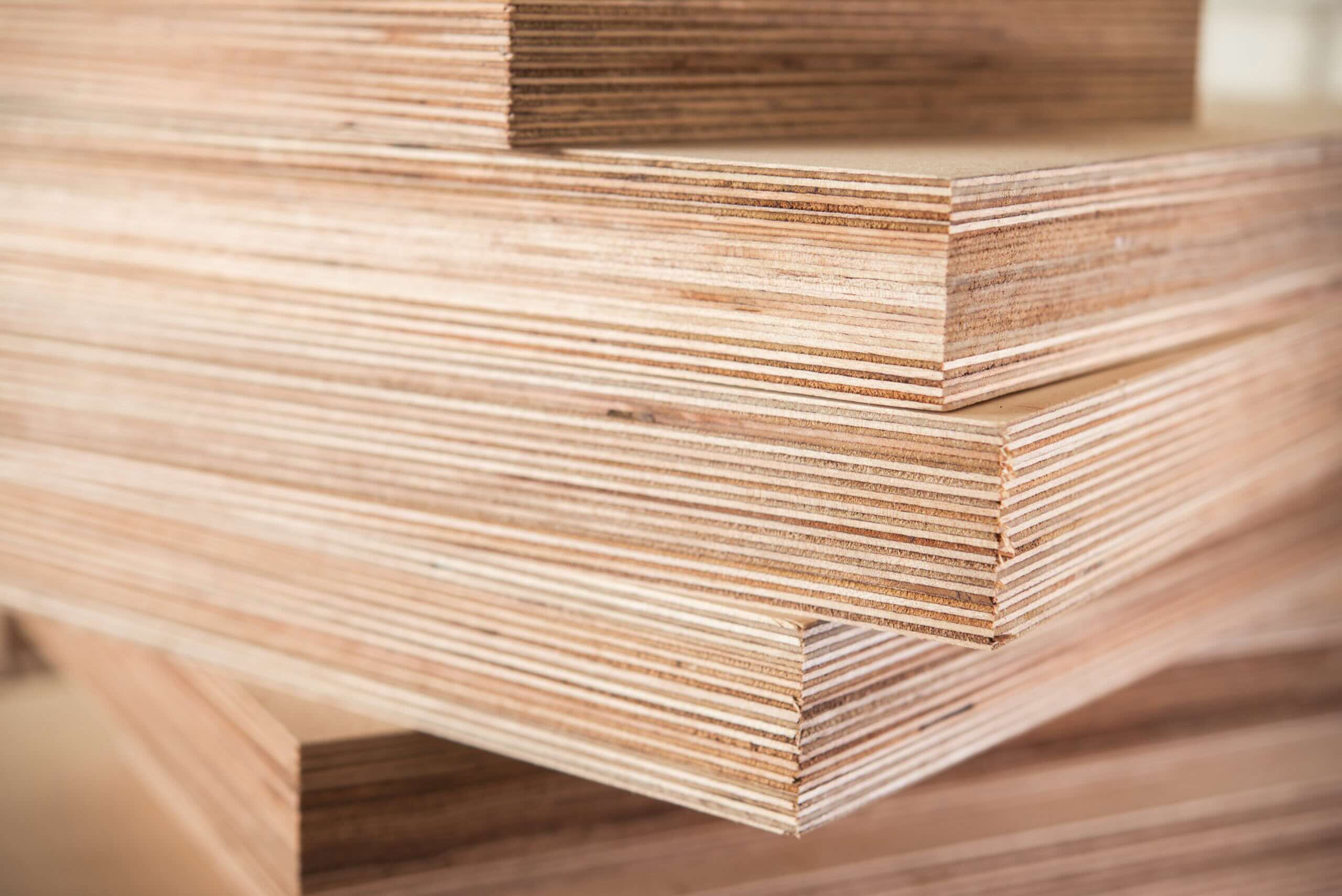
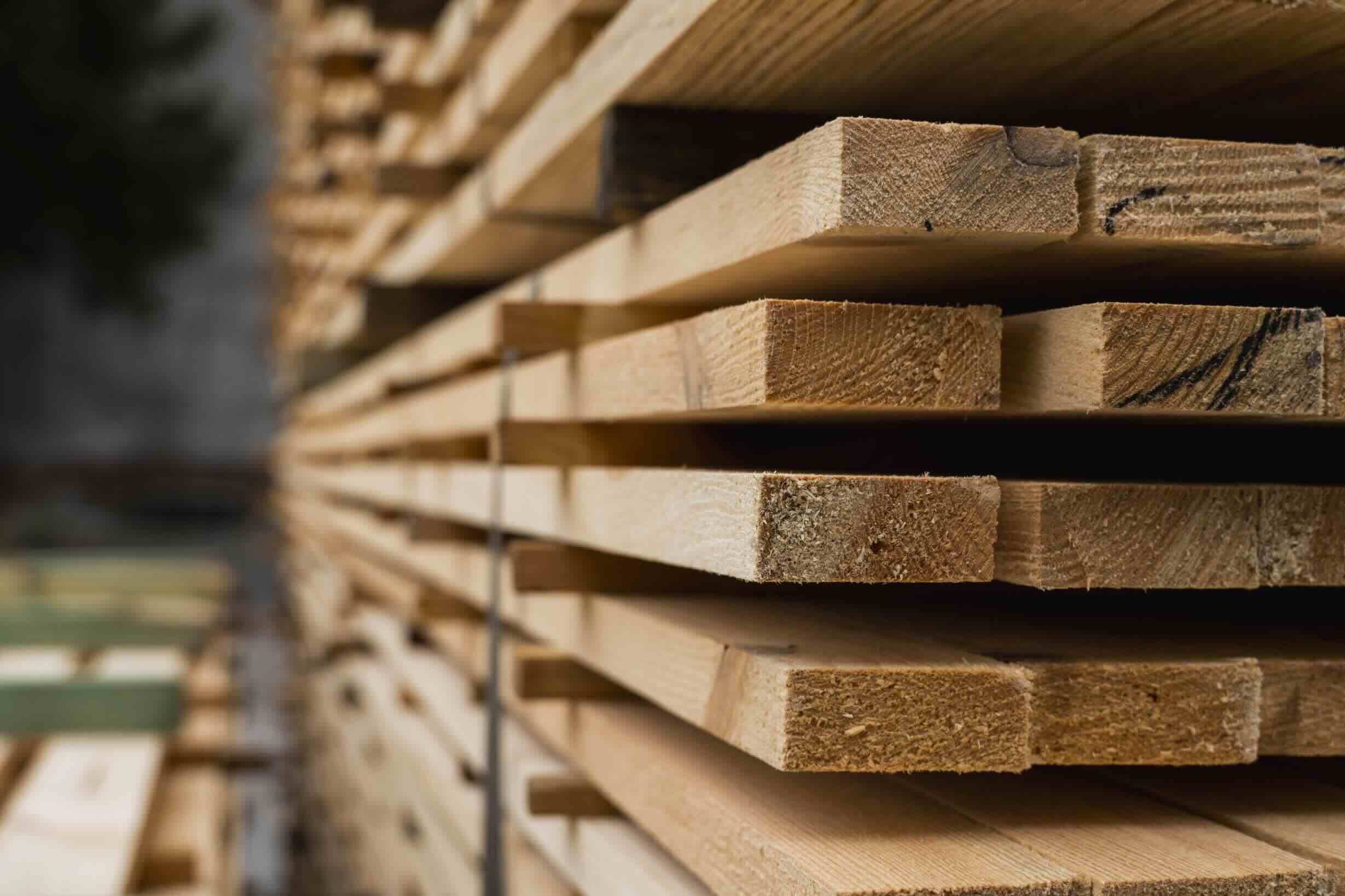
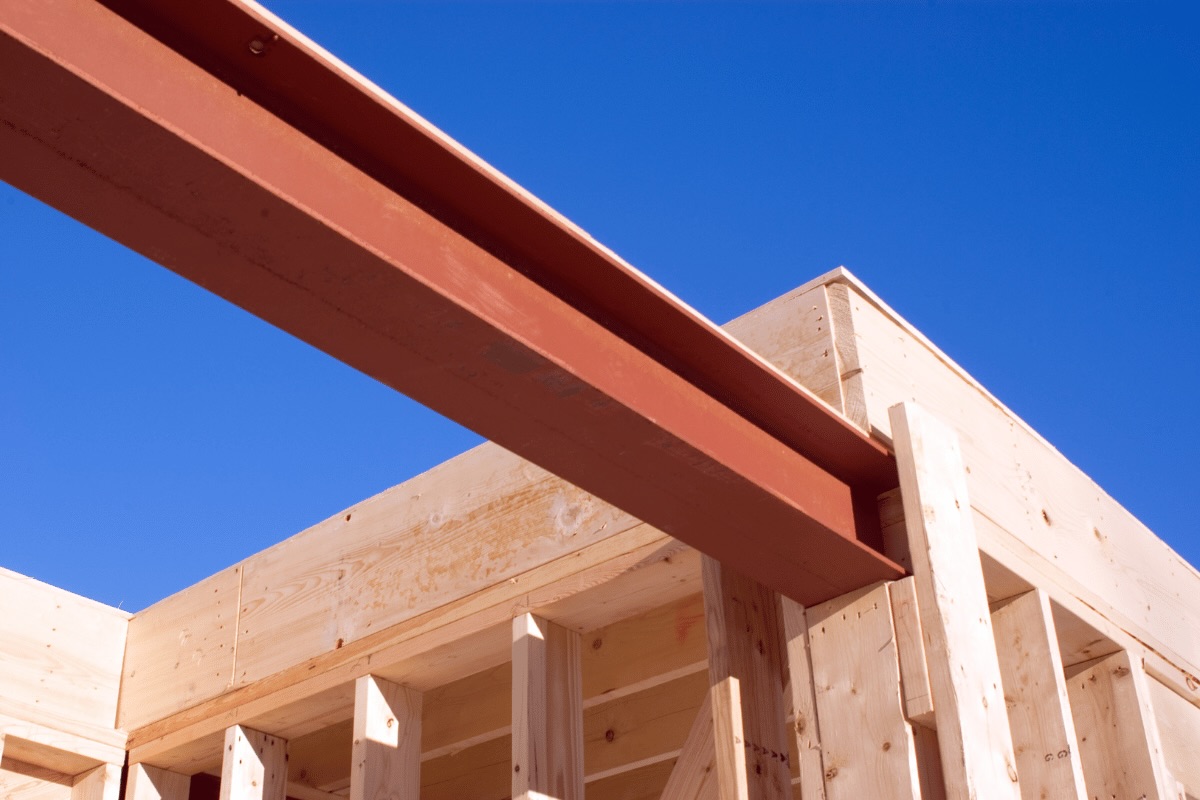
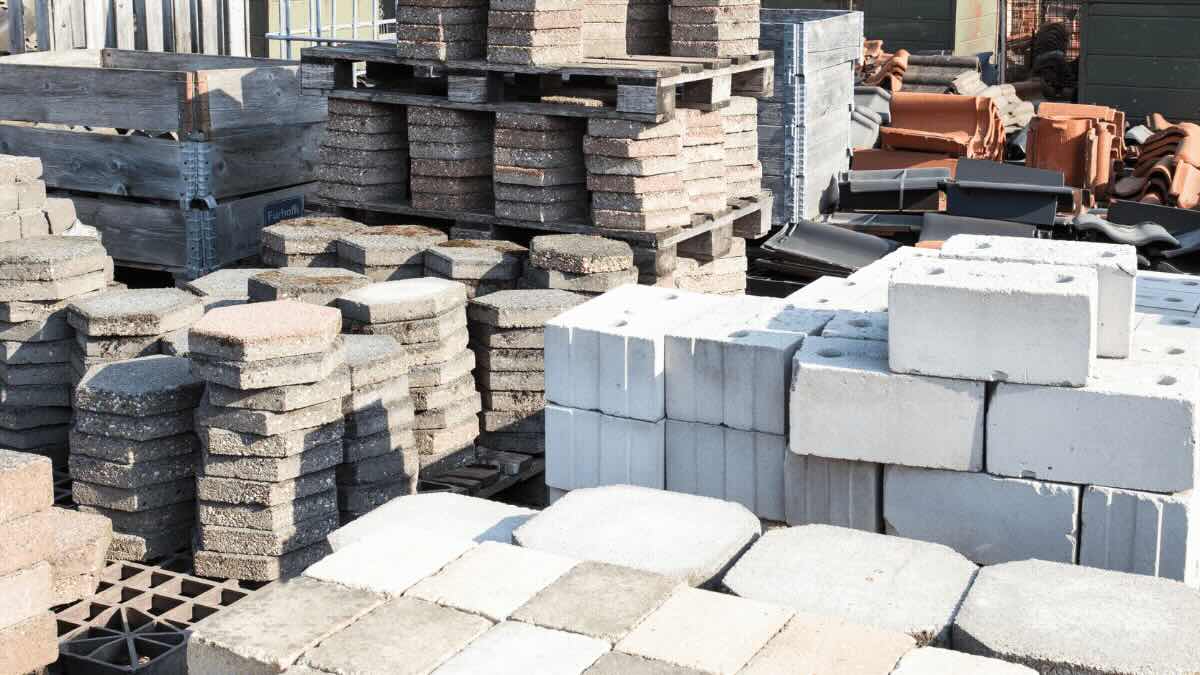
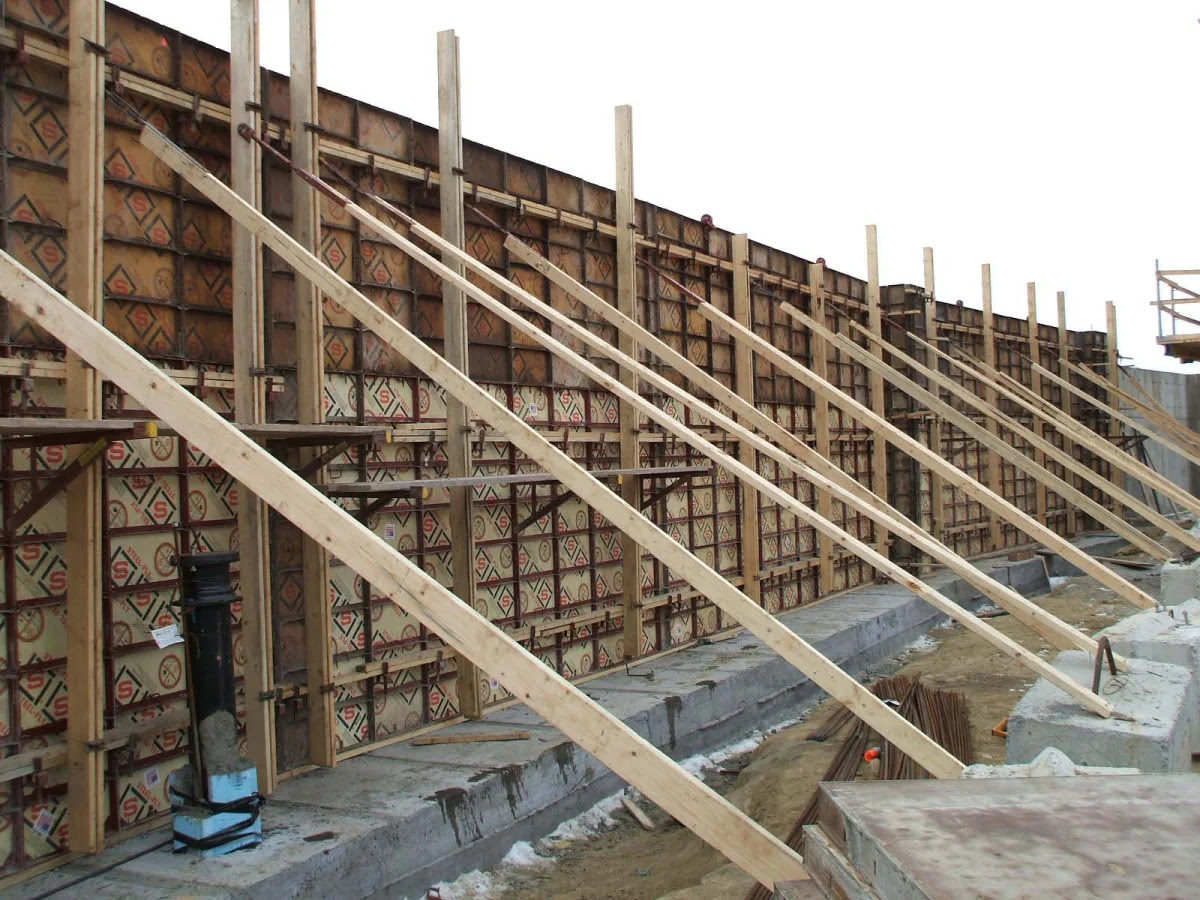
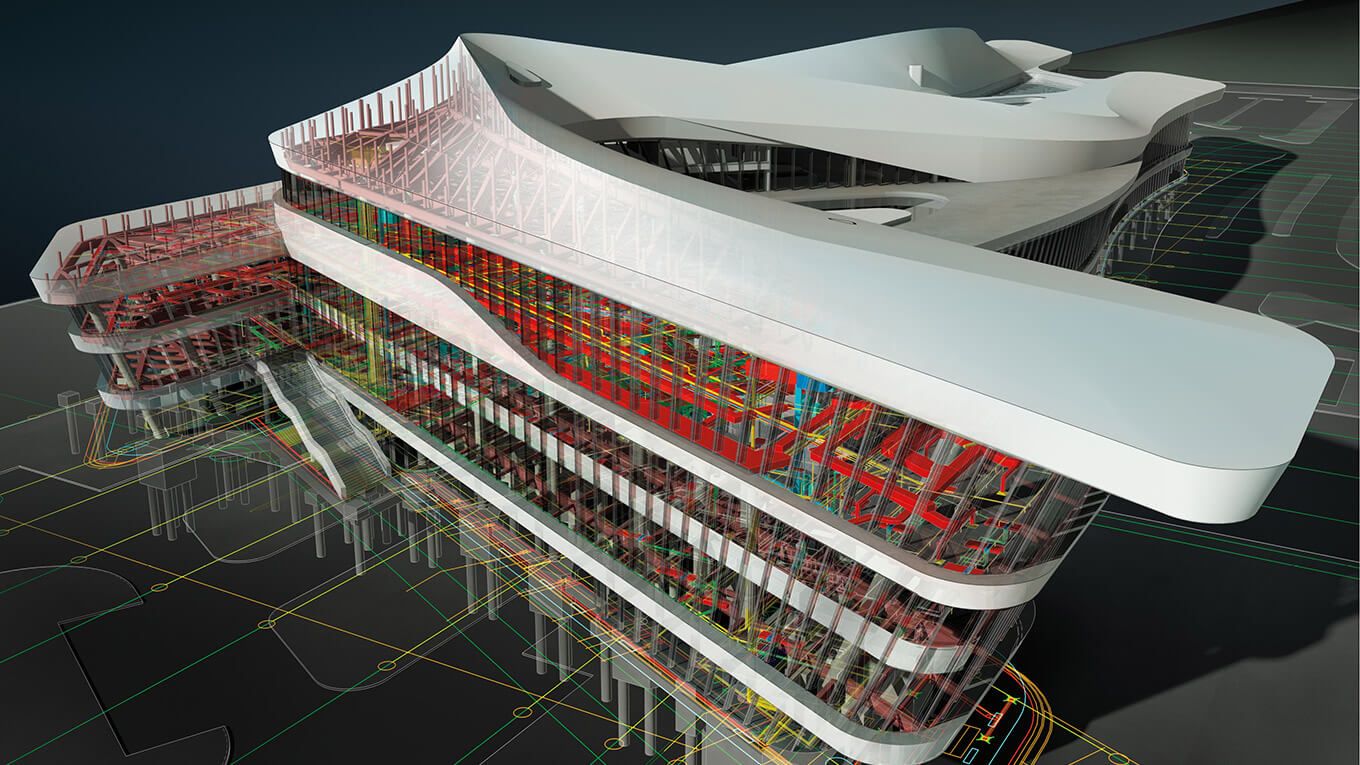
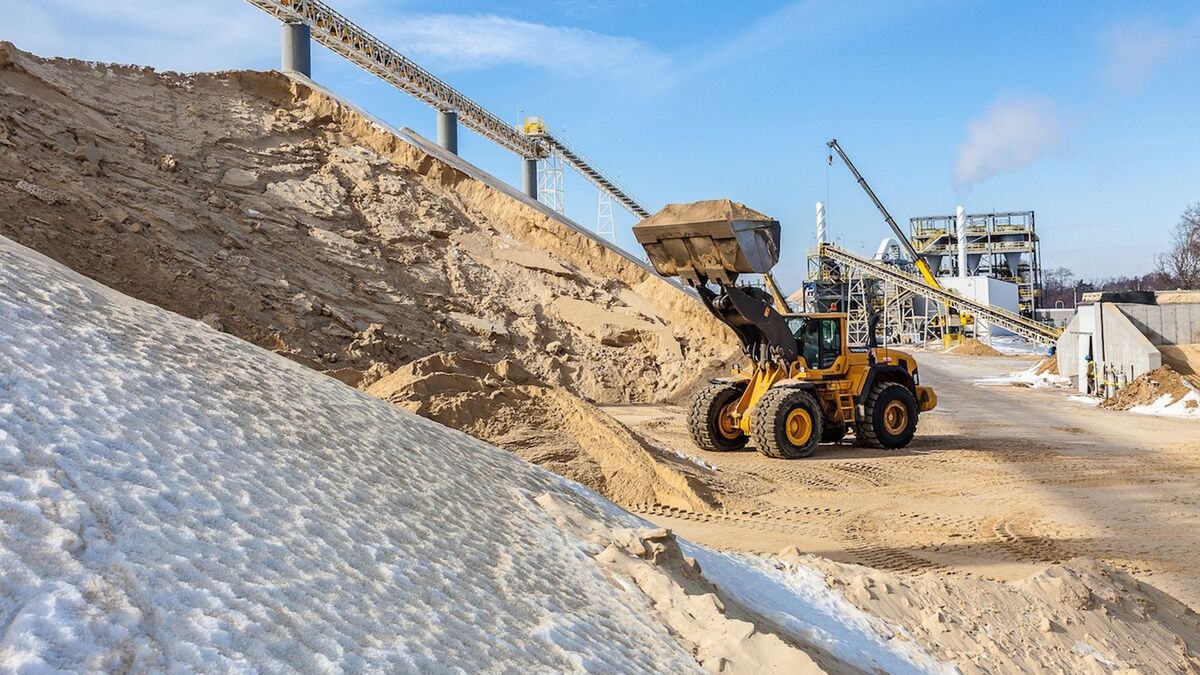

0 thoughts on “What Is PVC Used For In Construction”